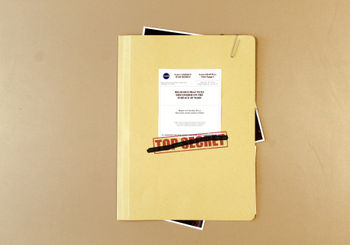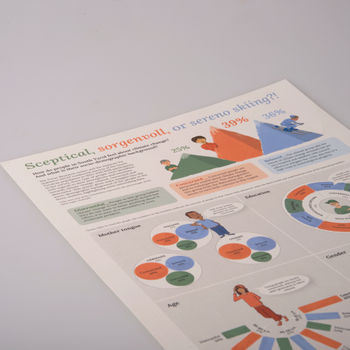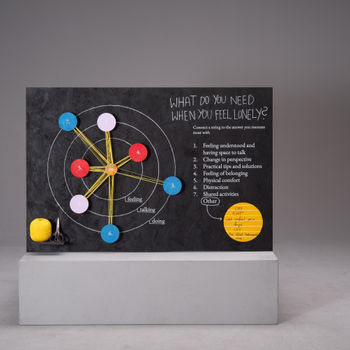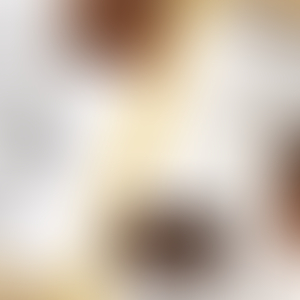NASA Report: Religion on Mars
Marco Ciacci
NASA Report: Religion on Mars
Religions or, more generally, beliefs in abstract forces that govern tangible reality are intrinsic to the social organization of civilizations that human history reports. My research has observed not only that religion in a broad sense is the basis for the formation of a civilization but also that it is closely linked to the expansion of a population, the occupation of new territories and the clash of different cultures. Historical events show that after such incidents the religious beliefs involved inevitably undergo an alteration. Projecting my research into a future characterized by human exploration and colonization of new planets, it can be expected that in this process the religions present on Earth will undergo a change of any nature. In this window open to speculation, I offer suggestions for reflection, so that some of the most troubling issues concerning religion and humans will no longer exist. Through a visual communication project, I express my hope that in the future non-tolerance between religions will stop and that there will be no more violence caused by different beliefs.
In order to stimulate individual reflection in the reader without accusing him, someone else’s story is told: we learn that an ancient alien civilization inhabited the surface of Mars and practiced a violent and non-tolerant religion. This Martian civilization is now extinct due to their beliefs. The story is told through a NASA archive file containing documentation of this discovery, which has remained classified until today. Although the religion told takes on a fictional and fantasy aspect, it contains direct but not explicit references to the dynamics we see on Earth, taking then on a parodic and critical aspect.
Coming to the question of representation, my project consists of three consecutive levels of reading. The reader interacts with the project actively and interactively on a digital platform
The very first representation the reader encounters is an introduction to what is to follow. A series of images follow one another, each accompanied by a literal description, approaching an intentional meaning to what is represented. The succession of indexical images in an order of logical sense very quickly provides the reader with the context and summary of the story, stimulating curiosity to continue the search.
The second and central part consisting of the collection of photographic documents taken by the Curiosity Rover space probe. These images are proposed as an indexical representation of a truth present on the surface of Mars. Despite the fact that these are fake photographs, they contain elements that are recognizable to the reader’s emotional sensory sphere, making them truthful. Stones and sand are realities present also on earth, but that can be easily connected the surface of Mars. Subsequently, the iconographic art of alien finds unconsciously recalls those already present in human history, thus making them plausible finds. To guide the reading, the finds are accompanied by their iconic representation and a description in English, which is an intentional approach to the meaning of the representation, proposing the correct interpretation of the facts according to the author of the scientific report. In this central part, the reader becomes aware of the facts and understands the dynamics of the story.
The third level consist in an anonymous letter that is to be found inside the dossier and gives a frank and uncensored judgment on the story presented. Again, the meaning of the presentation is intentionally provided by the author of the letter, forcing a judgment in the reader on what he has just learned. In this last phase the reader assumes an attitude of reflection that will hopefully lead him/her to look critically at the context in which he/she lives and the social dynamics that surround him/her.
Below is attached a demo video presentation of the project together with the link to interact with the virtual archive.




Space Is the Place









